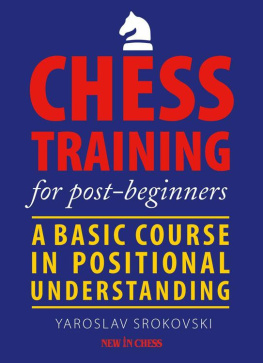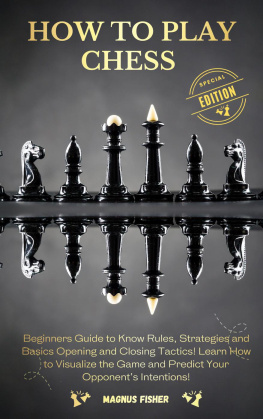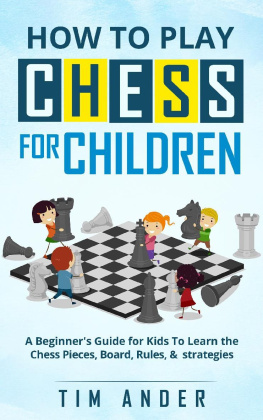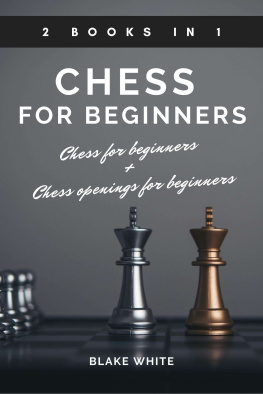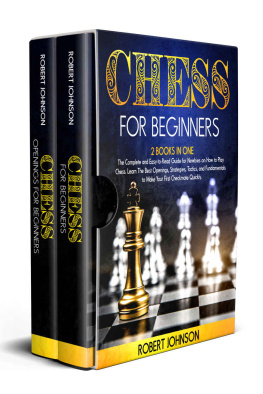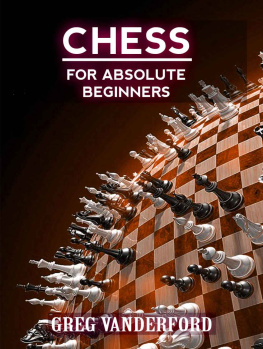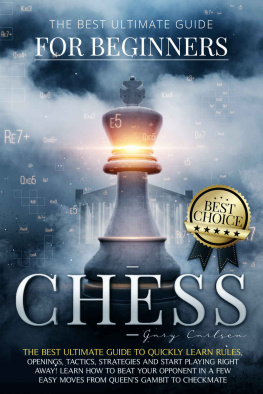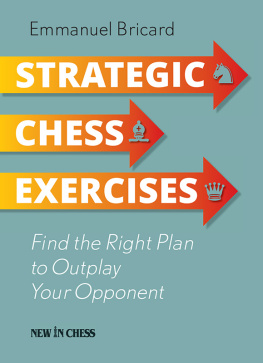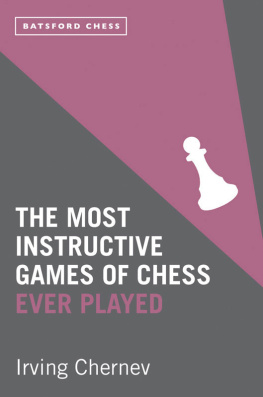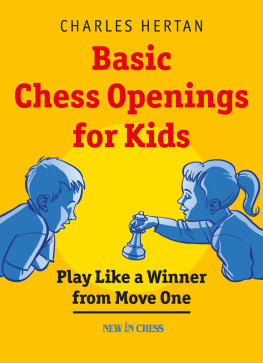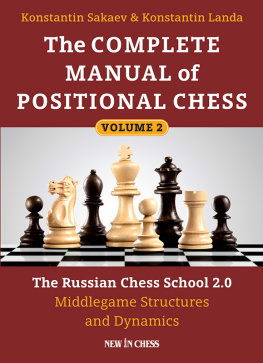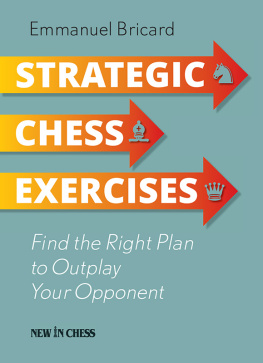Srokovski Yaroslav. - Chess Training for Post-Beginners
Here you can read online Srokovski Yaroslav. - Chess Training for Post-Beginners full text of the book (entire story) in english for free. Download pdf and epub, get meaning, cover and reviews about this ebook. genre: Home and family. Description of the work, (preface) as well as reviews are available. Best literature library LitArk.com created for fans of good reading and offers a wide selection of genres:
Romance novel
Science fiction
Adventure
Detective
Science
History
Home and family
Prose
Art
Politics
Computer
Non-fiction
Religion
Business
Children
Humor
Choose a favorite category and find really read worthwhile books. Enjoy immersion in the world of imagination, feel the emotions of the characters or learn something new for yourself, make an fascinating discovery.
- Book:Chess Training for Post-Beginners
- Author:
- Genre:
- Rating:3 / 5
- Favourites:Add to favourites
- Your mark:
Chess Training for Post-Beginners: summary, description and annotation
We offer to read an annotation, description, summary or preface (depends on what the author of the book "Chess Training for Post-Beginners" wrote himself). If you haven't found the necessary information about the book — write in the comments, we will try to find it.
You have learned the rules of chess and developed some tactical skills. You are fascinated by the game and want to know more. So, the question is: whats next? What is the best way to improve your play and start winning?
Yaroslav Srokovski, one of the most successful chess trainers in Europe, has developed a practical course which addresses the challenges that ambitious post-beginners face.
What is the best way to train at chess?
How do you acquire the ability to assess a position on the board?
What should you try to achieve in the various stages of the game?
Which long-term advantages should you aim for in what type of position?
In a clear and concise manner, Srokovski explains basic positional motifs like the strengths and weaknesses of pieces and pawns, of squares, files and diagonals. All these he illustrates with highly instructive examples. His tried-and-tested training material includes many exercises.
Yaroslav Srokovski is an International Master from Ukraine. Quite a few of his students have reached master or grandmaster level. Srokovski was appointed Senior Trainer by the world chess federation FIDE and has received the highest Soviet award for chess trainers, the Chigorin Medal.
Yaroslav Srokovski:
Every player who studies my book intensively will gain at least 100 Elo points.
GM Adrian Mikhalchishin, Chairman of the FIDE Trainers Commission:
I recommend this book to chess players who want to improve their understanding of chess and who wish to structure their training.
Martin Rieger, SchachWelt:
A crash course in understanding positional chess (..) In 12 chapters with exercises Srokovski manages to get you into great shape as a posional chess player.
Paul Kane, Manchester Chess Federation:
Srokovskis annotations are instructive, not least because they are refreshingly objective for textbooks of this sort. He reminds us that a positional advantage - anymore than an advantage in material doesnt necessarily guarantee victory (..) There are about 4 or 5 exercises to solve at the end of each chapter, 54 altogether, and the Solutions section of the book is chockfull of analysis and explanation, so youre not short-changed there (..) A model textbook with a clear structure and perspicacious, idiomatic prose. Very instructive and enjoyable.
Srokovski Yaroslav.: author's other books
Who wrote Chess Training for Post-Beginners? Find out the surname, the name of the author of the book and a list of all author's works by series.

